Imagine John Lennon and Yoko Ono co-hosting a daytime talk show for a week: real Kelly Ripa and Mark Consuelos.
That is exactly what happened 52 years ago when the ancient Beatle and his wife brought peace, love and counterculture to Central America on “The Mike Douglas Show.”
Just a few months after the release of “Imagination,” that radical week (with five shows broadcast from February 14 to 18, 1972) saw Lennon and Ono chatting with the guests they had selected to spread their utopian vision in the final years of the Vietnam War.
It’s a memorable moment that’s revisited in the new documentary “Daytime Revolution,” which screens in theaters Wednesday, when Lennon would have turned 84. (The film will continue screening at New York’s Quad Cinemas through October 17 before its DVD/Blu-ray release on November 26.)
“The idea that this crazy cavalcade of radical politics and radical music could find a safe harbor on an American talk show with a host so willing to meet the madness halfway was really the goal of making the film,” said the director Erik Nelson to The Post. .
“John and Yoko wanted to get to Central America. “They wanted to communicate this optimistic message… It really was peace and love and all that.”
With that message in mind for the week, guests included everyone from consumer advocate Ralph Nader, Black Panther Party President Bobby Seale and Yippies activist Jerry Rubin will be rock pioneers Chuck Berrycomedian George Carlin and avant-garde musician David Rosenboom, who connects Lennon and Ono to electrodes to improvise on his keyboard based on their brain waves.
There’s even a macrobiotic chef, Hilary Redleaf, who leads a cooking segment, and a medical discussion with biofeedback researcher Dr. Gary Schwartz about the power of the mind to control blood pressure. Not the usual topic of daytime talk shows.
“The way it worked with the co-hosts of ‘The Mike Douglas Show’ was that we asked them to suggest guests,” said EV Di Massa, an associate producer on the show at the time and who is interviewed during the film. “So we gave them the opportunity to tell us who they would like to have on the show.”
Di Massa said there are several different theories about how Lennon and Ono were hired to co-host the show.
“Honestly, we don’t really know how it happened,” he said. “But I can tell you this: Yoko was 100 percent excited to do it, and so was John… Yoko, being a conceptual art person, saw ‘The Mike Douglas Show’ as a concept art project.”
Since taping for the show took place over five weeks on Thursday nights, Lennon and Ono would take a limousine from New York’s Greenwich Village, where they lived at the time, to Philadelphia to record the episodes in a basement studio. .
“All the guests came from New York… which is where it was happening in 1972,” Nelson said. “In some ways, these shows are a celebration of the radical culture of New York in 1972.”
Despite their own plans, Lennon and Ono met Douglas and his show in the middle. “It’s John Lennon and Yoko Ono who sort of tidied up and cleaned up their act for mainstream television,” Nelson said. “And Mike Douglas and his team trusted that John and Yoko were going to play well.”
Basically, Nelson put it this way: “Mike invited John and Yoko into his living room and hoped they wouldn’t spill wine on the carpet.”
Still, there wasn’t always peace on set.
“I was kind of a young person on the staff, and I was kind of the person who was sent to talk to Yoko… because everyone was afraid of her,” Di Massa recalled. “Every time Yoko wanted something or wanted to change something on the show, other producers didn’t really know how to have a conversation with her.”
Lennon also gave peace a chance. “John was wonderful and very often would intervene if Yoko wanted something the producers didn’t want to do,” Di Massa said. “He would sort of play Henry Kissinger.”
Lennon, who, wearing a Boston Red Sox jersey, sang “Imagine” at the piano in the fourth episode, he became increasingly comfortable in his co-host’s chair throughout the five episodes.
“At the end of the shows, he’s doing an impression of Groucho MarxDiMassa said. “This is John Lennon and you can see him relaxing and having fun. “It was truly a wonderful experience.”
‘This article may contain information published by third parties, some details of this article were extracted from the following source: celebrity.land’



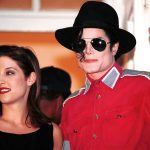


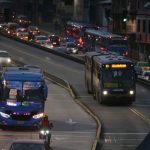

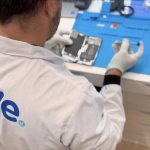

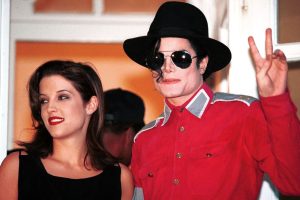
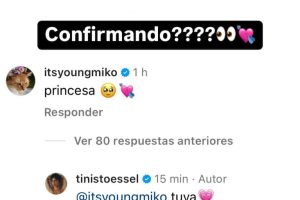
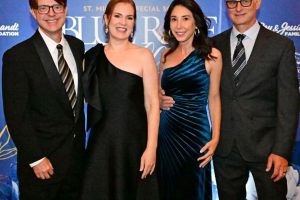
Add Comment